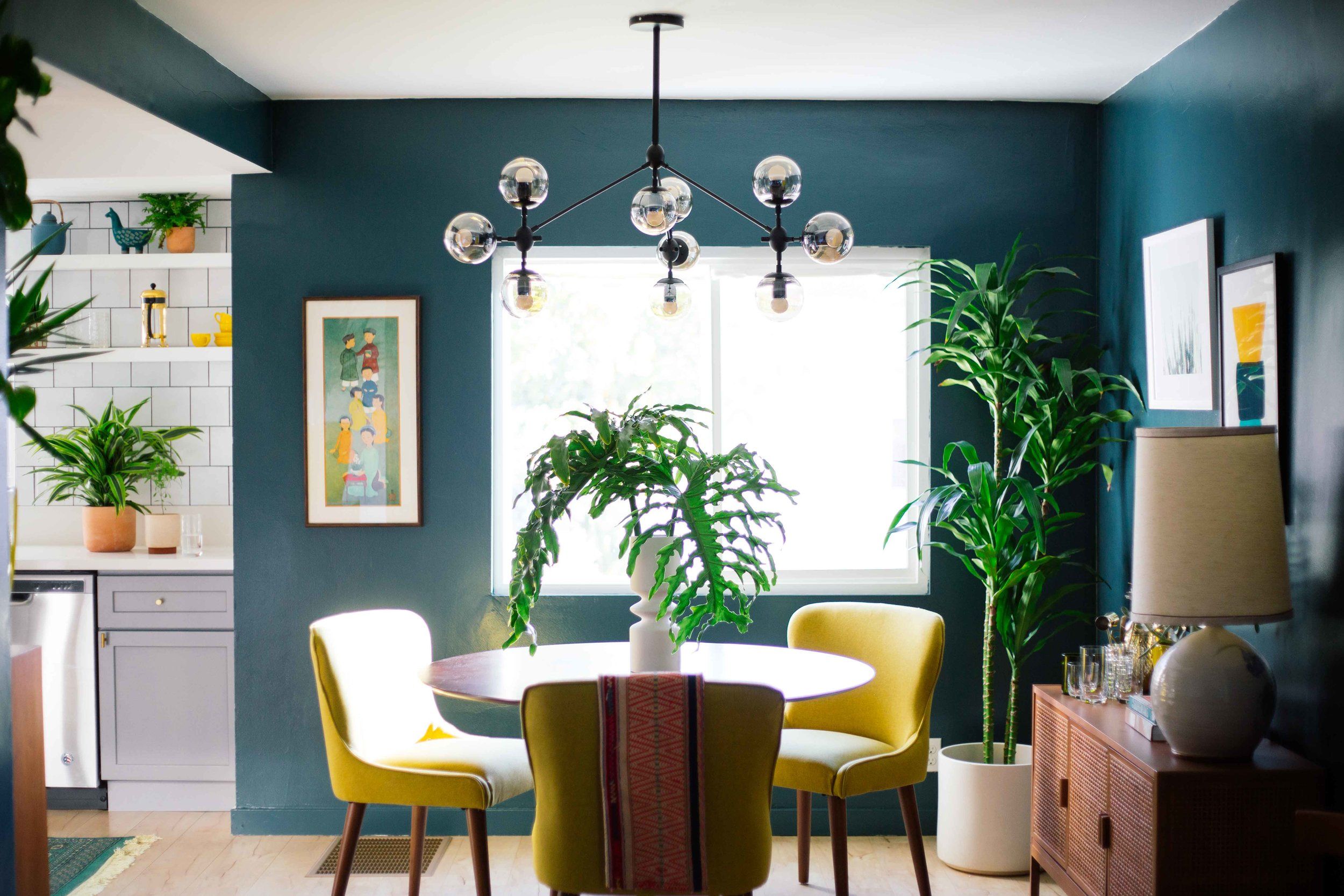Living in a small space can be challenging in some unique ways. For example, you need to come up with creative storage solutions and find a decor that does not feel like living in a box. Wherever you live, you can turn your space into a sanctuary by carefully designing it. Elements like room layout, sounds coming from the street, color of your throw pillows come together to determine the character of your home. It’s more than looks. Design affects your mental and physical health in amazing ways every day. Here are several ways to create an environment where you can feel better.
Change the imperfection in to perfection in your home
When a snowball rolls downwards, it collects more snow and becomes exceptionally large. Your mind explains the small flaws in your mind when you have to look for a flaw every day and you can’t bear it until one day.
Do not ignore minor imperfections such as nail holes, visible drywall seams or joints and scuffed paint. Don’t just paint these flaws. Take a few days to get through your living space and document all the minor flaws. Schedule a time to fix them. You will be amazed at how many “small” flaws you can find, and you will still be amazed at how calm your mind is when they are all fixed.
Art in your space :
Art at home is not a new phenomenon. For centuries art and painting adorned people’s homes for a number of reasons: purely as ornaments; Perhaps to boast of wealth; Sometimes to express familiar relationships; Or, fun, demanding a specific environment in different parts of the house.
Especially, creative painting stretches beyond the homes of art fanatics – it can be admired by anyone and everyone without rationality or logic. You do not have to know the finite details of art to understand the feelings of happiness from wall paintings and art, but rather understand part of art.
The breadth of art in the home is endless – beyond just paintings, art ornaments, wall hangings, statues, any prose, even something your children can perfect! Expensive paintings or pieces of an off found only in the most elite museums are not the purpose of art. So, you are thinking about incorporating art in your home, but if you have lost a little bit about where to start your new deception-adventure, now is not the time to blindly return. Let your mind open to the endless possibilities in the art world and how you can incorporate it into your home to bring a certain joy.
Colour create certain feelings
The finest details of art beyond art and how these details affect mood and express certain emotions. One of these details is color. Color psychology is not a paradigm developed by interior designers, but rather a theory explored in therapy and behaviorism. Some colors evoke certain emotions, especially at home. So, what colors should be displayed in your wall art to evoke some emotion?
Yellow tones are warm and welcoming, perfect for the fantastic art of your home. For home spaces where you want to inspire creativity, choose art that is in blue. Studies show that shades of blue are calming, but they also enhance creativity and imagination.
A dining room or even the kitchen would be ideal places to display still life painting in that way we can show a new way of looking at the ordinary objects around us. . Green on the other hand is a vibrant color that evokes intellectual intensity and concentration – for example, another optimal color to incorporate in home research. The soft, light arts evoke serenity and relaxation, so sanctuaries should integrate these muted tones, i.e. into the baby’s nursery or bathroom. If you are after bright and loud artwork, the deep colors of red, orange and art are perfect. These colors are vibrant and vibrant, perfect for very lively and communal home spaces like living and dining room.
Get curtains that part from the middle
Small spaces are always larger when you look through the windows. If you are blind, switch to curtains. Horizontal blinds cover most of the window above, even when open. The curtains can be split in the middle and moved to the end of the curtain wire to expose the entire window, allowing plenty of sunlight into your home.

